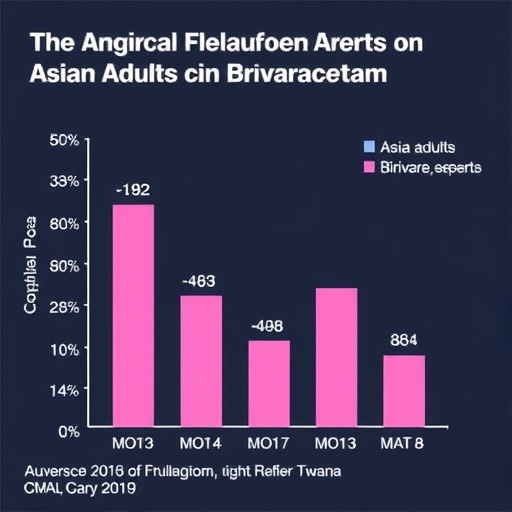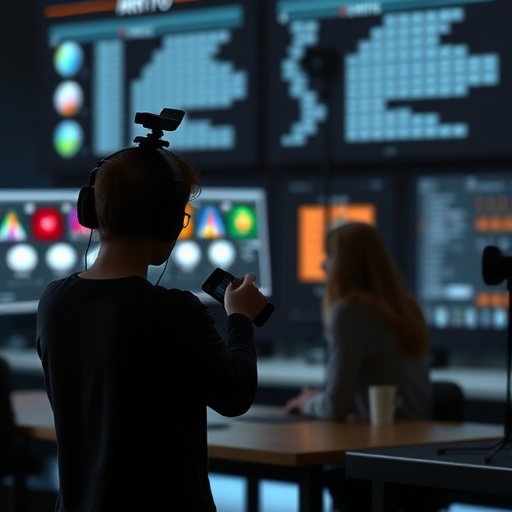Many cancer patients seek out gentle, movement-based stretching techniques such as yoga, tai chi and qigong, but does stretching have an effect on cancer? While many animal studies have attempted to quantify the effects of exercise on the disease, results have been mixed. Furthermore, studies in animals involve levels of vigorous exercise that can be difficult for cancer patients. Investigators at Brigham and Women's Hospital, in collaboration with colleagues at Dana-Farber Cancer Institute, have conducted new research in a preclinical model to specifically study whether stretching can affect tumor growth. Using a mouse model of breast cancer and a gentle stretching technique, the team evaluated tumor growth as well as changes in molecular signals of immune response and inflammation resolution. Their results appear in Scientific Reports.
"We know, generally, that physical activity is beneficial in cancer patients but not why that is. Some animal models of exercise show benefit, others don't," said co-corresponding author Helene Langevin, MD, director of the Osher Center for Integrative Medicine at Harvard Medical School and Brigham and Women's Hospital. "Gentle stretching is something that many cancer patients not only can do but enjoy doing. We wanted to develop a preclinical model that could help us study the effects of stretching on tumor growth and, if safe and effective, be translated into a regimen for humans."
Langevin and colleagues used a well-established protocol for stretching in mice in which the animals are held by the tail and gently lifted, allowing their front paws to grasp a bar. With minimal training, mice can hold this position without struggling for 10 minutes. The team studied 66 mice, which were randomized to a "stretch group" that received daily stretching for four weeks or to a "no-stretch group," which did not. Mice in both groups were injected with breast cancer cells into their mammary tissue. After four weeks, tumor volume was 52 percent smaller in the stretch group compared to the no-stretch group without any other form of treatment.
"These results open myriad new avenues of research," said co-corresponding author Jean J. Zhao, PhD, professor of biological chemistry and molecular pharmacology at Harvard Medical School and Dana-Farber Cancer Institute. "There is still so much we don't understand in terms of how stretching reduces tumor growth. Understanding these mechanisms could help us develop more effective therapies against breast cancer and potentially other cancer types."
The team continued its investigations to try to shed light on why tumor growth slowed in the mice in the stretch group. Hypothesizing that stretching may reinvigorate T-cells to fight against cancer, the team measured the levels of molecular markers that signal the activation of an immune response. They found that stretching reduced levels of PD-1, an important immune "check point" that blocks the body's ability to fight cancer cells. The team also measured levels of specialized pro-resolving mediators (SPMs), molecules that promote the natural resolution of inflammation. They found that levels of SPMs were significantly greater in the stretch group than a non-stretch group.
"Inflammation is a double-edged sword in cancer," said Langevin. "Although it is an essential component of all immune responses, it needs to be limited both in location and duration. Finding changes in both markers of the immune system ramping up its attack on cancer cells as well as markers of inflammation resolution suggests a potentially important link between these two areas of inquiry."
The authors caution that this preclinical research in no way suggests that cancer patients should stretch instead of receiving traditional cancer treatment. The research is at an early, investigative stage, and before it can be translated into a human protocol for clinical trials, further preclinical safety testing and dosage testing is needed. The team also wants to look at animal models with more advanced cancer that could metastasize to understand whether stretching may increase or decrease the spread of the disease.
###
This study was funded by the Osher Foundation, and in part by NCCIH RO1 AT009267.
Media Contact
Haley Bridger
[email protected]
617-525-6383
@BrighamWomens
http://www.brighamandwomens.org
http://dx.doi.org/10.1038/s41598-018-26198-7




